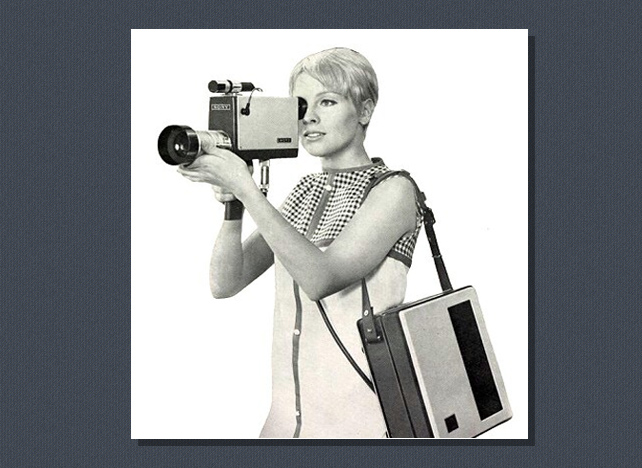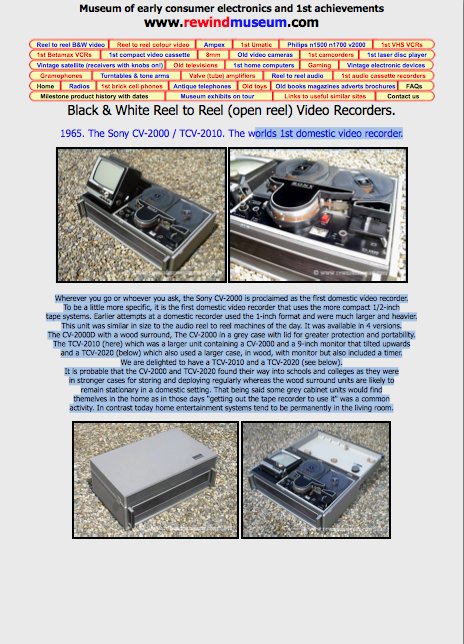Question 1
In the film Clown Train how does sound contribute to the atmosphere of this film? Describe what you heard? Can you make reference to another genre film and how they utilise sound to create tension and a unique filmic space?
The sound in Clown Train is very distinctive to form our expectation. Firstly, It is to hear the sound from outside the train, the sound of the light, especially the horror sound effect. At the beginning, the sound of train generally establish the atmosphere in Clown Train. The director utilises the sound of a moving matching with a black screen. At that point, I clearly can feel scary. Secondly, I consider the director intends to outline characters’ psychology. When characters have a conversation, I can hear very distinctive voice by characters. There is nearly no other non-diegetic sound interrupt audience unless the situation is changed. Finally, the use of non-diegetic sound is rhythmic. It is simultaneous when camera turns to the Clown we will hear a sound effect. The sound of lighting foreshadows the climax of the story because it repeats a number of times in the plot. The sound effect become extreme once the circumstance is being intensive, especially the scene in which the Clown is whispering to the host.
In the series of ‘Final Destination’, the manipulation of sound is similar with Clown Train. Every time the death is coming to a character, audience can hear the non-diegetic sound to create the expectation. The director utilises everything that can form the tension in his setting. Audience can always see the sound of fire, the sound of lighting or the sound of something else.
Question_2
Select from one of the readings, up to but not including Week 5, and briefly describe two points that you have taken from it. Points that excite you, something that was completely new to you.
Throughout the ‘Sound Recording’, I pick up some points from there. The technique of indoor recording really interests me. A booming or echo effect is really considerable in sound recording, because I tried recording sound indoor couple times. The solution is having grapes or blunts on the walls and position boxes or soft furnishing to break up the path of the sound waves. Also, another common problem is that the mic may capture 50Hz hum from the electricity in the cables to your portable lights. Keeping mic cables well away from electrical cable secures the quality of sound recording.
Audio mixer is a big challenge for me because i haven’t used this apparatus before. Although I am familiar with H2n, it would be completely different thing. There are couple advantages when you do recording with a mixer. An audio mixer, which usually have for, six or eight inputs, allows you to mange several sound sources with separate mics. You can fade up and down the volume of different sources of sound so that a sound recorder enabling creating cool sound recording like fade in the music , fade out the clapping via the mixer. It seems to be much flexible than a H2n.
Question 3
In relation to script Character can determine…. “PLOT”
Question 4
In the tute we screened a short film called Rolling – a film made in Film-TV1 a few years ago.
In 300 words or less describe what you thought worked or didn’t. At this stage we don’t expect you to have a great deal of film knowledge or language. Don’t be afraid to use your own words. Things you could talk about – script, casting, timing, camera movement, location. You may not remember much detail, if so, it could be helpful to talk about your first impressions, after all this is what most of us are left with after one viewing.
Rolling is still a good comedy, although it has some problems on the technical aspect. The Opening sequence is very interesting as the hero address the camera directly while expressing his feeling from his heart. The traits of a character is very important, this opening shows his personality very fast. Generally, I can sense his traits from his appearances, body language and expression. These really address me and I can know he is shy and non-confident but polite and neat. On the other hand, the opening sequence is an establishing shot. In the location, audience can realise supermarket stocks and freezers around the main character. This setting forms our expectation that the story would happen in a supermarket. Nevertheless, the colour on screen is strange because the colour of light is unstable. Due to auto standard of white balance, the camera would automatically adjust the colour of the lighting. At this point, it is strange with comedy theme.
The camera movement is with slow rhythm. Rather using the fast cross cutting, the director choose to utilise a slow cut. Besides the montage in supermarket, most shots take at least 4 seconds. The information is slowly illustrated onscreen. It creates a very relax atmosphere in the film.


